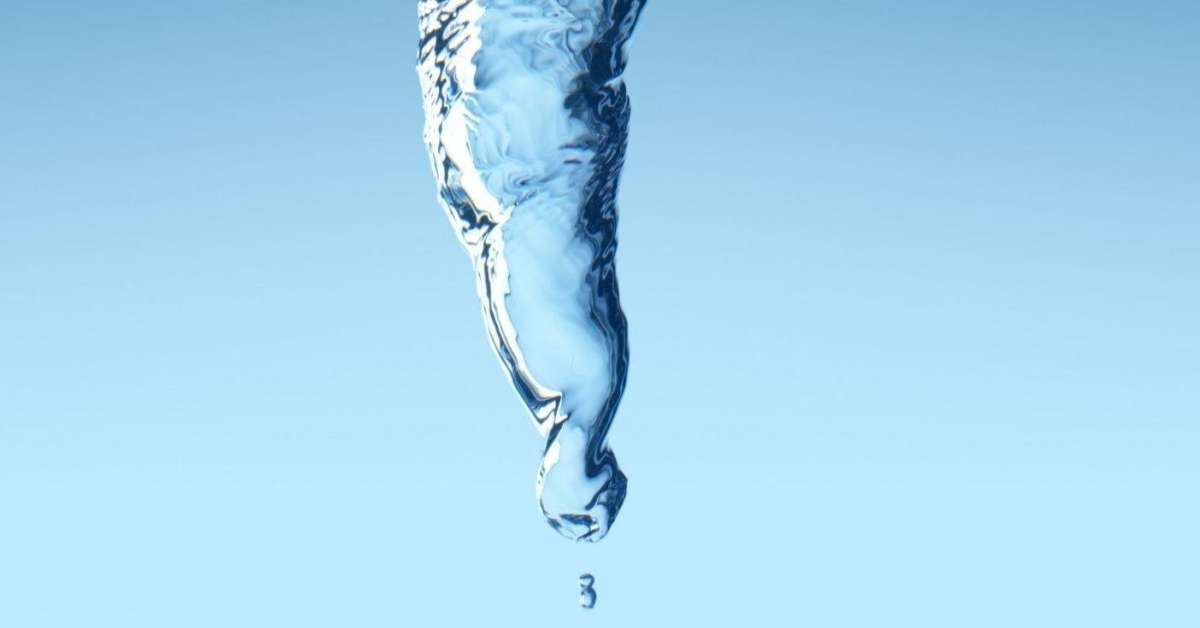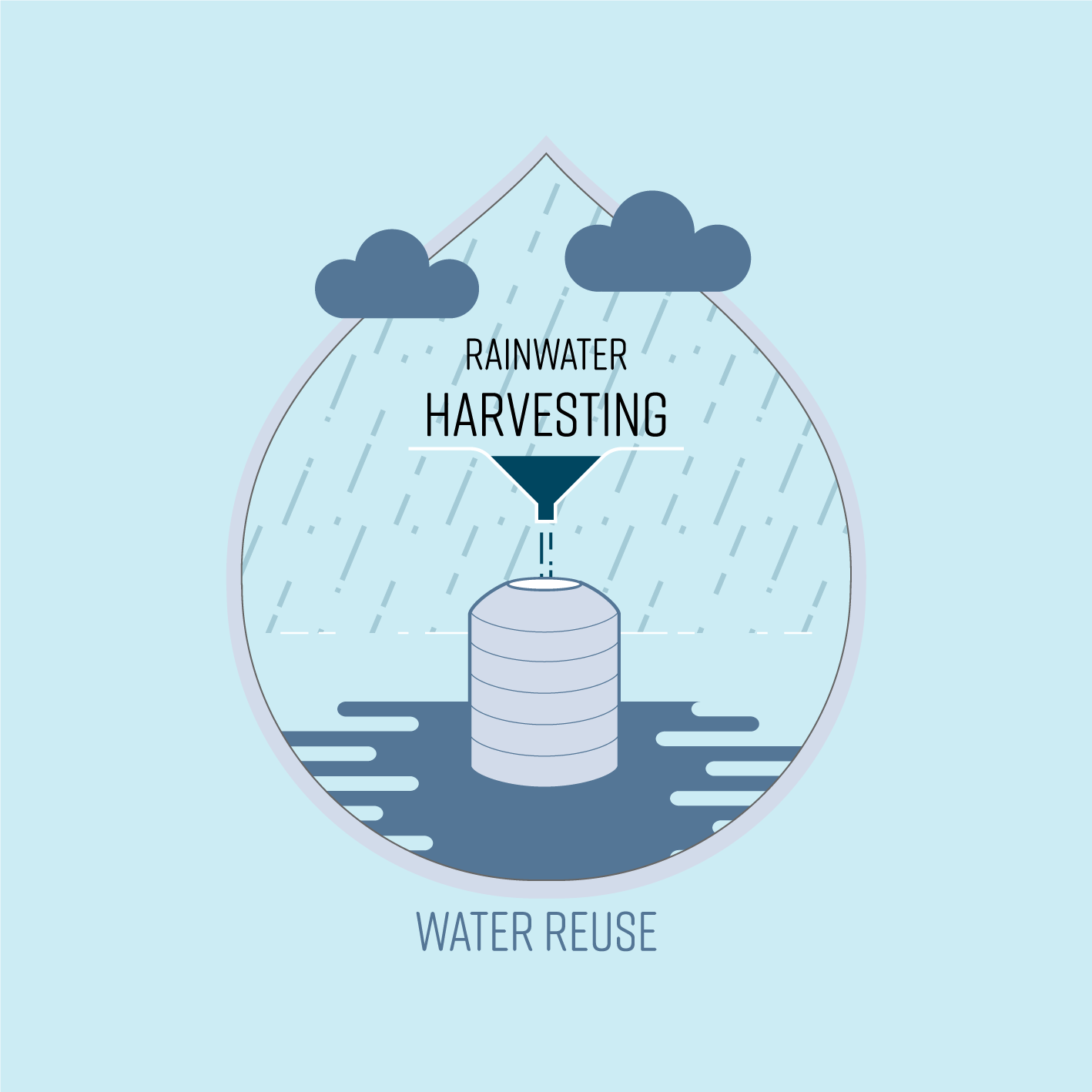14 July 2022
Rain power: reusing harvested rainwater to generate electricity
Wikipedia defines rainwater harvesting as the accumulation and deposition of rainwater for reuse before it reaches the aquifer. It is a source to save water inexpensively as well as to replenish the falling water table.

Renewable energy surely becoming the preferred method of generating electricity. As the demand for green energy production is arising, experts across the globe have been trying to generate electricity in new ways. Rainwater harvesting can also be a source of non-conventional energy just like solar energy. Producing energy on a small scale can drop costly and environmentally detrimental energy generation methods. There have been numerous attempts to generate electricity using one of the world’s most abundant resources, rain - which may be one of the most effective solutions yet.
Water wheel of energy
The conversion of mechanical energy from flowing water into electrical energy is known as ‘hydropower’ or ‘hydroelectricity’. Hydropower systems provide energy by extracting power from high head water pipes. Using gutters on the roof to funnel, rainwater can be accumulated from the rooftop to a water tank. A gravitation water vortex power plant can be built by integrating a Gravitation water vortex power generator into the water tank. This is a small, inexpensive, easy-to-maintain micro-hydro turbine energy production system that can convert energy from a liquid vortex into electricity. The device is optimal during high rainfall intensities that produce larger flow rates. This technology can be used in locations with limited electricity access, to provide electricity that is sufficient for powering lights and charging batteries.
In a nutshell, the turbine would be placed in the downspout and above the water tank (location can vary depending on the type of turbine used). The stream of rainwater that runoffs from the rooftop rain gutters form a stable line vortex which would strike to make the turbine rotate. Once the water has flowed through the microturbine, it proceeds to tangentially pass through into the storage tank. The water forms a big vortex over the centre bottom of the water tank and the turbine withdraws rotational energy from the vortex, which converts it into electric energy by the generator. For instance, with a roof area of 185 meters squared, and an average rainfall of 43cm, the hydropower system can produce 1.5 kilowatt-hours per year. In comparison to other forms of energy generation, this is actually minimal, however, in the rainy season, the technology can be used to supplement other forms of energy.

Scientists from the City University of Hong Kong have discovered a more efficient method (new but can be scaled up) to convert the gravitational potential energy of rainwater into kinetic energy. We at Orion always excited to educate our customers about these new technologies that will continue to transform the world and improve human welfare.
What the hail?
This new droplet-based electricity generator is a field-effect transistor (FET)-like structure that allows surprisingly high energy-conversion efficiency provides instantaneous power density increased by thousands of times, can reach up to 50.1 W/m2.

Nevertheless, there’s still work to be done to translate these technologies to a practical product that generate continuous energy. for now though, we are on the right path for a more sustainable environment. Orion water tanks are sustainability simplifiers, helping you reduce your ecological footprint by limiting the environmental damage cause buy stormwater runoff, reducing groundwater depletion, and other negative impacts associated with water infrastructure. Read more about our water tanks, learn tips & tricks, and watch videos here.
* A little bit from history - Generating ‘Blue Energy’: Waterpower has been used for thousands of years as a renewable energy source. The ancient Greeks and Romans used water wheels to mill grain and refine wool in clothmaking, and this same principle was used for huge hydroelectric generation projects in the twentieth century.


